Casting de dépérisation en aluminium est l'un des processus de fabrication les plus essentiels du paysage industriel d'aujourd'hui. Combinant les propriétés légères de l'aluminium avec la précision des moulures à haute pression, Cette technique produit du complexe, pièces à haute résistance efficacement et à grande échelle.
Ce guide fournit un aperçu complet du processus de moulage en aluminium, y compris les alliages clés, finitions de surface, Considérations de conception, et les applications dans les grandes industries.
Introduction
L'aluminium est un poids léger, métal résistant à la corrosion avec une conductivité thermique et électrique élevée. Ces propriétés le rendent idéal pour produire des composants complexes avec des tolérances étroites à travers la moulage. Parmi tous les processus de formation, Le casting de matrice en aluminium se distingue par sa répétabilité, précision dimensionnelle, et rentabilité, Surtout pour la production à haut volume.
Quel est le processus de moulage de la matrice en aluminium?
Définition
Le moulage en aluminium est une méthode de fabrication à haute pression qui injecte de l'aluminium fondu dans un moule en acier (mourir) pour produire du complexe, pièces métalliques précises. Il est principalement conduit en utilisant machines à mouler de la chambre à la chambre froide En raison du point de fusion élevé de l'aluminium (~ 660 ° C ou 1220 ° F), ce qui endommagerait les composants submergés dans une machine à chambre chaude.
Processus étape par étape:
Fusion: Les lingots en aluminium sont fondus dans un four séparé.
Fous: Le métal fondu est chargé manuellement ou robotique dans la manche de tir.
Injection: Un piston force l'aluminium fondu dans la cavité de la moisissure à haute pression (10–175 MPA).
Solidification: Le métal refroidisse et durcit à l'intérieur de la filière, généralement en quelques secondes.
Éjection: Le moule s'ouvre et la pièce est éjectée, Souvent avec des épingles d'éjection automatisées.
Coupe et finition: Excès de matériaux (éclair) est supprimé, et la finition de surface en option est appliquée.
Les matrices de moulage peuvent être réutilisées des milliers de fois, Rendre cette méthode idéale pour les courses de production en grand volume.
Avantages de la moulage en aluminium
Le casting de matrice en aluminium offre plusieurs avantages techniques et économiques:
✅ Finition de surface supérieure: Surfaces lisses qui nécessitent peu ou pas de post-traitement.
✅ Précision dimensionnelle élevée: Des tolérances aussi serrées que ± 0,1 mm sont réalisables.
✅ Rapport résistance/poids élevé: Les pièces sont à la fois légères et structurellement saines.
✅ Excellent thermique & Conductivité électrique: Idéal pour les dissipateurs de chaleur et les boîtiers.
✅ Porosité minimale: La ventilation avancée et le déclenchement réduisent les vides internes.
✅ Flexibilité de conception: Prend en charge les géométries complexes et les sections de paroi mince (<1.5 mm).
✅ Rentabilité: Moules réutilisables, temps de cycle rapide, et l'automatisation réduit le coût par partie.
✅ Durabilité: L'aluminium est 100% recyclable sans perte de performance.
Alliages de moulage en aluminium commun
Choisir le bon alliage est crucial pour la performance, durabilité, et coulabilité. Voici les notes les plus utilisées:
| Alliage | Principales fonctionnalités | Applications |
| A380 | Excellente coulée, force, résistance à la corrosion | Supports de moteur, outils électriques, enclos électroniques |
| A390 | Haute dureté, résistance à l'usure, faible ductilité | Blocs de bouteilles, composants hydrauliques |
| A360 | Étanchéité, Résistance à la corrosion supérieure | 5Boîtiers G, coquilles de contrôleur |
| A413 | Bonne fluidité, étanchéité | Pièces complexes à parois minces |
| ADC-12 | Norme japonaise; Similaire à A383 | Composants automobiles et industriels |
| ADC-1 | Amélioration de la résistance, moins de retrait | Castings de haute précision |
Chaque alliage diffère dans les propriétés mécaniques, comportement thermique, usinabilité, et résistance à la corrosion ou à la fissuration.
Caractéristiques clés des alliages en aluminium
Les alliages en aluminium moulé offertent un puissant mélange de propriétés mécaniques et fonctionnelles:
Poids léger: Réduit la masse globale et améliore l'efficacité énergétique.
Résistant à la corrosion: Forme une couche d'oxyde naturel pour protéger de la rouille.
Thermiquement efficace: Excellente dissipation de chaleur pour les enclos électroniques.
Électriquement conducteur: Idéal pour le blindage EMI / RFI.
Tensile élevé et limites d'élasticité: Fiable pour les charges structurelles.
Entièrement recyclable: Environnementment durable avec une dégradation minimale.
Options de finition de surface pour l'aluminium moulé
Bien que les pièces moulées en aluminium aient souvent une finition fluide, Les traitements de surface sont appliqués pour améliorer l'apparence ou les performances fonctionnelles.
Anodisation
Convertit la surface en une couche d'oxyde d'aluminium.
Améliore la résistance à l'usure et à la corrosion.
Électriquement non conducteur, Bon pour l'isolation.
Revêtement en poudre
Ajoute un épais, coloré, et couche protectrice durable.
Gratter, UV, et résistant à la corrosion.
Flexibilité esthétique: mat, brillant, ou finitions texturées.
Film chim (Revêtement de conversion au chromate)
Fournit une résistance à la corrosion tout en maintenant la conductivité électrique.
Idéal pour les pièces aérospatiales et militaires.
Applications de la moulage en aluminium
Construction
Cadres de fenêtre, supports muraux, Structures de soutien.
Utilisation croissante dans les ponts et les systèmes de construction modulaire.
Automobile
Boîtiers de transmission, blocs moteurs, supports, casseroles à pétrole.
Aide à réduire le poids et les émissions du véhicule.
Électronique
Chauffer, boîtiers, cadres de smartphone, 5Boîtiers d'antenne G.
Combine la gestion thermique avec le blindage EMI.
Meubles
Composants durables mais élégants comme les bases de chaise, poignées, et serrures.
Aérospatial
Têtes de piston, boîtiers d'équipement, enclos d'éclairage, pièces de moteur.
Combine un poids faible avec des performances à forte traction.
Considérations de conception pour les pièces en aluminium moulées
Conception de moules
Optimiser le flux de métaux lisses et l'éjection facile.
Définissez des lignes de séparation claires et ajoutez des angles de projet.
Point d'injection
Essentiel pour réduire l'air piégé et assurer un remplissage complet.
Plusieurs portes peuvent être nécessaires pour des pièces complexes.
Épaisseur de paroi
Les murs plus minces réduisent le poids mais doivent maintenir l'intégrité structurelle.
Visez une épaisseur de paroi uniforme pour éviter les points chauds et la déformation.
Facteurs de coûts de coulée en aluminium Die en aluminium
Le casting de matrice en aluminium est le plus rentable à grande échelle. Les variables de tarification clés incluent:
Coûts d'outillage: Généralement 7 000 $ à 75 000 $ selon la complexité.
Volume: Des volumes élevés réduisent les coûts d'unité en raison de la réutilisation des moisissures.
Géométrie en partie: Les formes complexes nécessitent des outils plus complexes et des temps de cycle plus longs.
Matériel & Temps machine: Type en alliage et partie du cycle d'impact de masse Durée du cycle et des matériaux.
Travail: Installation, garniture, et le temps d'inspection contribue aux coûts de main-d'œuvre.
Services de coulée de matrice en aluminium - Exemple RapidDirect
Offres de précision sur les tops:
Des tolérances aussi serrées que ± 0,004 ” (0.1 mm)
OIN 9001:2015 processus certifiés
Feedback DFM et citations rapides des modèles CAO
Prototypage complet à la capacité de production de masse
Avantages:
Jusqu'à 30% économies de coûts
Finitions et spécifications personnalisées
Contrôle de la qualité de bout en bout
Conclusion
Le moulage en aluminium est une haute précision, évolutif, et méthode de fabrication rentable. Il est particulièrement idéal pour les applications nécessitant des composants légers mais forts avec des tolérances étroites et des finitions propres. Lorsque vous travaillez avec des volumes de production plus importants, Le moulage de matrice offre une valeur inégalée en performance, vitesse, et répétabilité.
Que vous construisiez des composants automobiles, électronique, ou parties architecturales, Choisir le bon alliage, stratégie de conception, et le partenaire de service peut avoir un impact significatif sur le succès de votre projet.
FAQ
T1: En quoi le moulage de la matrice en aluminium diffère-t-il de la coulée de sable?
Le coulage de la matrice utilise des moules en acier pour la précision; La coulée de sable utilise des moules de sable consommables.
La coulée de matrice a une meilleure précision dimensionnelle et une finition de surface mais un coût d'outillage plus élevé.
Le coulage de sable correspond à faible volume, production en grande partie; Le coulage de la matrice excelle dans les courses à volume élevé.
T2: Est-ce que le moulage en aluminium est cher?
L'outillage est coûteux à l'avance, Mais le processus devient très rentable pour les lots importants.
T3: À quelle vitesse est-il le casting?
Une fois l'outillage configuré, Les temps de cycle vont de 30 quelques secondes à quelques minutes par partie.
Articles connexes:
Mourir de moulage vs. Usinage CNC
Moulage sous pression ou moulage à modèle perdu
Aluminium usiné contre aluminium moulé

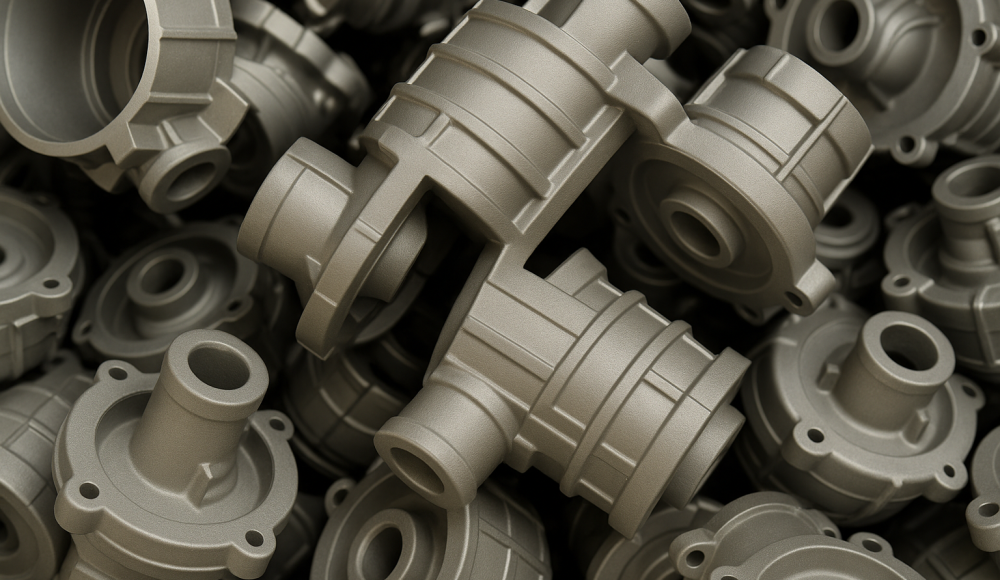

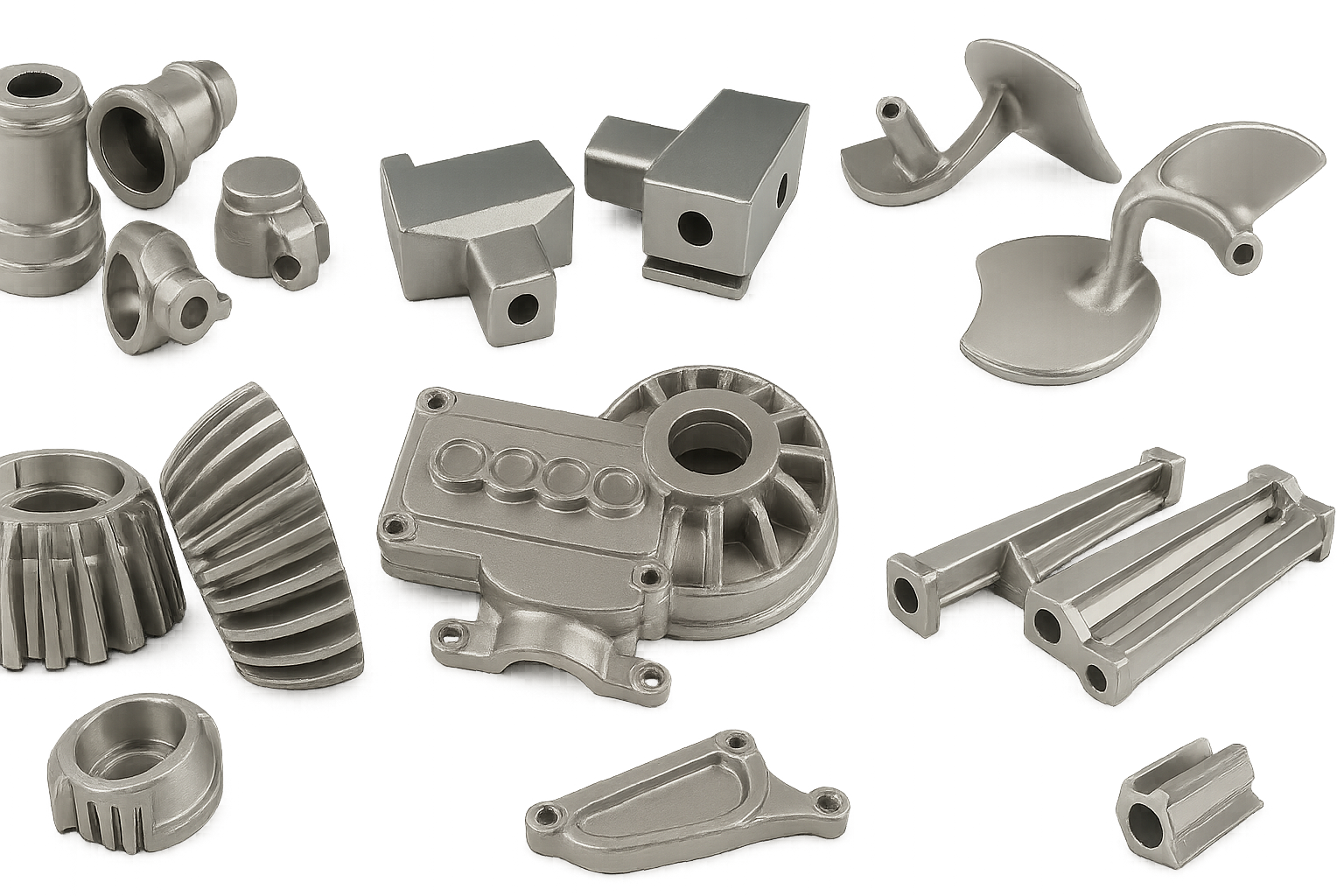
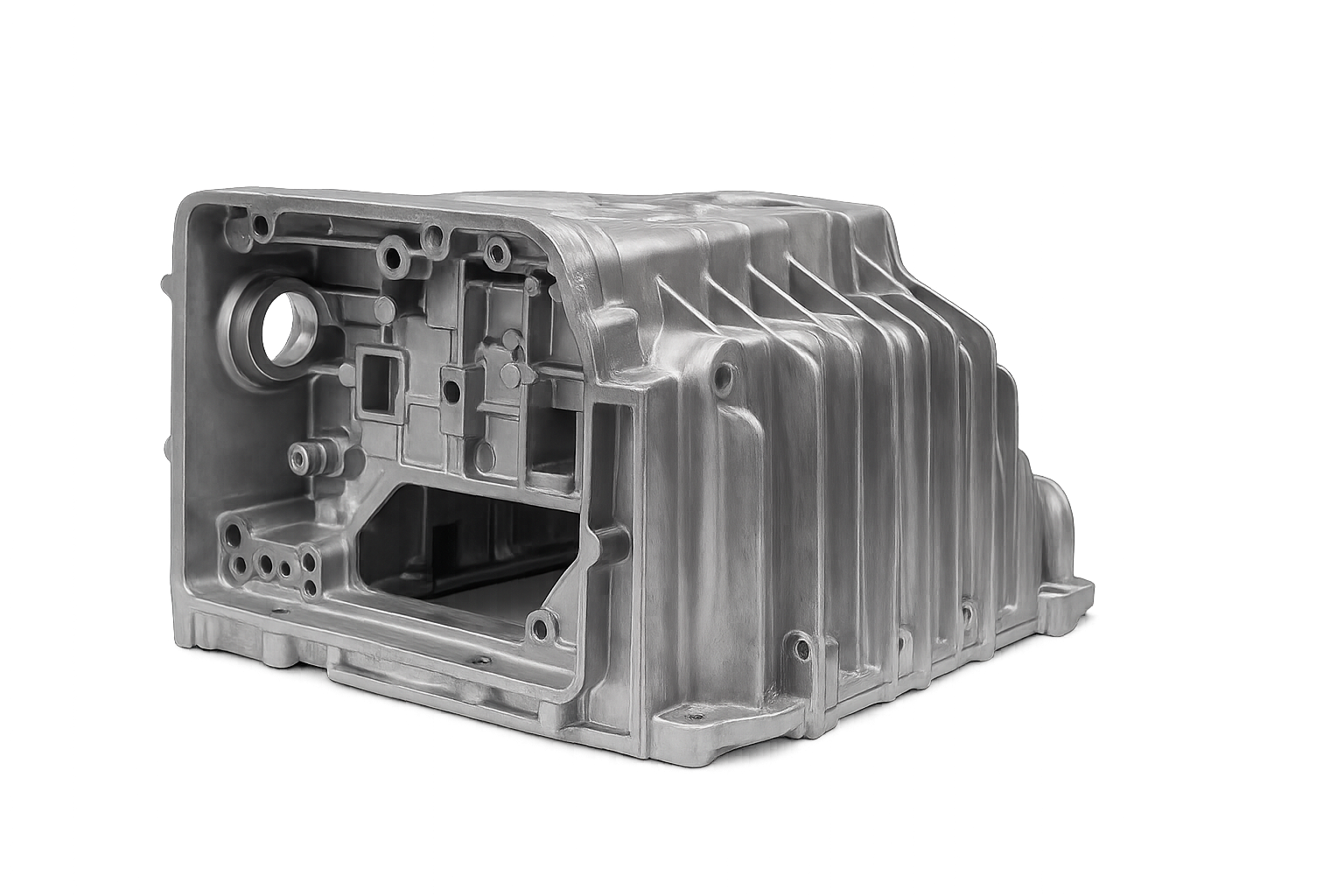
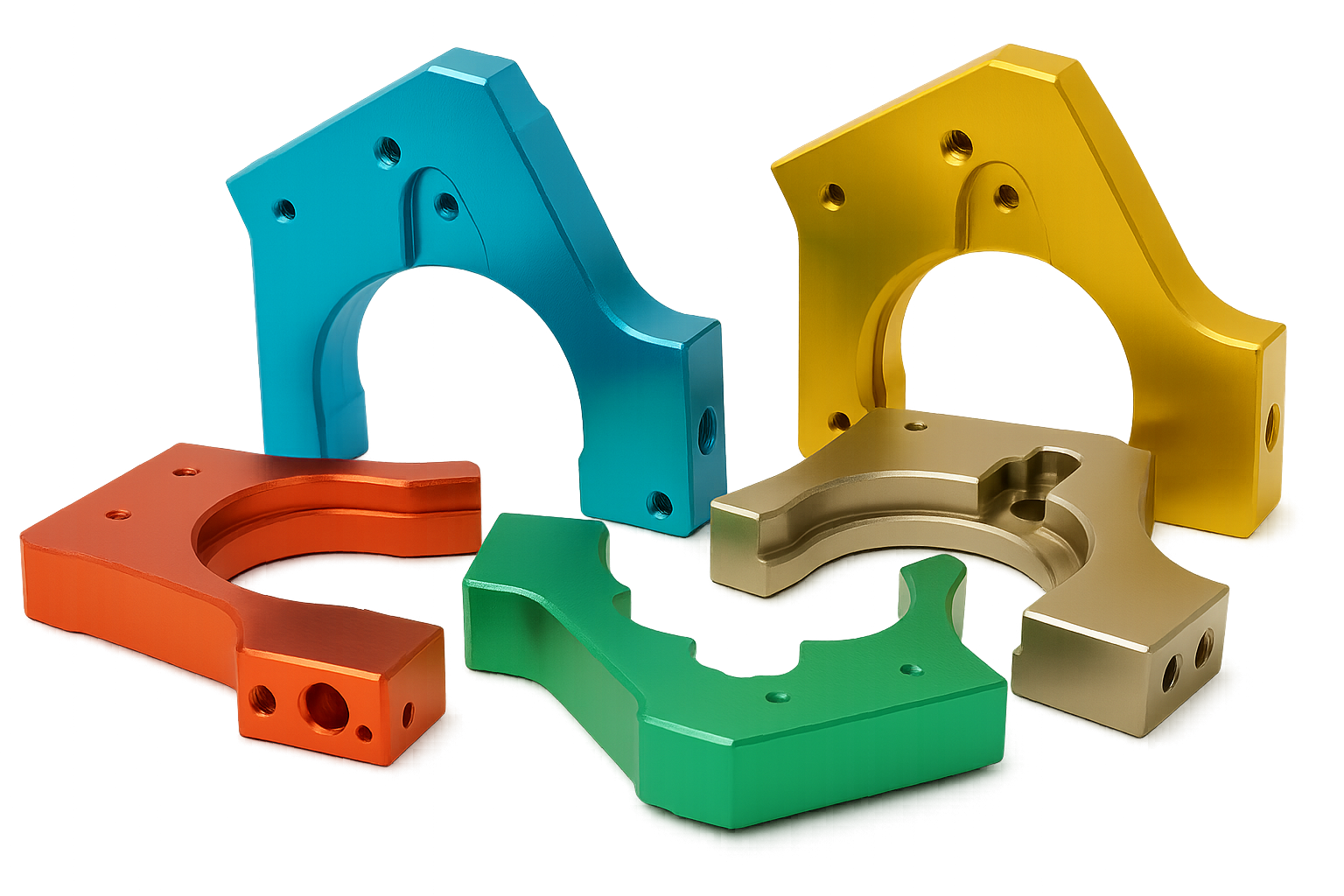
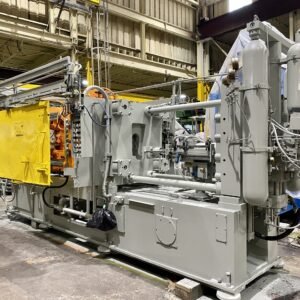
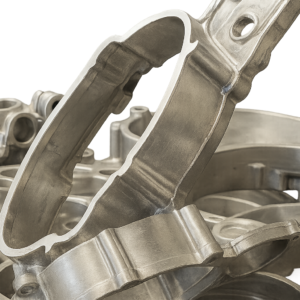
1 réfléchi à "Guide complet du moulage de la matrice en aluminium: Processus, Alliages, Finition & Applications”